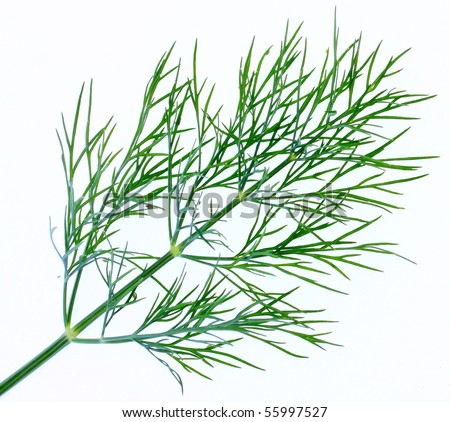Please share! Free Range chickens that have been allowed to eat their natural diet of worm, grubs, and other such chicken delights have a dramatically different egg. Look at this picture. Even the color is dramatically different! The dark yolk is from a local farmer who allows her chickens access to the her yard (and bugs).
You really can taste and see the difference.
Mother Earth News did a study comparing small farmer’s eggs with commercial eggs. They found that it affected everything from cholesterol amount, ratio of omega 3 to 6 fats, and vitamin content.
by: Homesteading / Survivalism on Facebook






































 Reply With Quote
Reply With Quote






Bookmarks